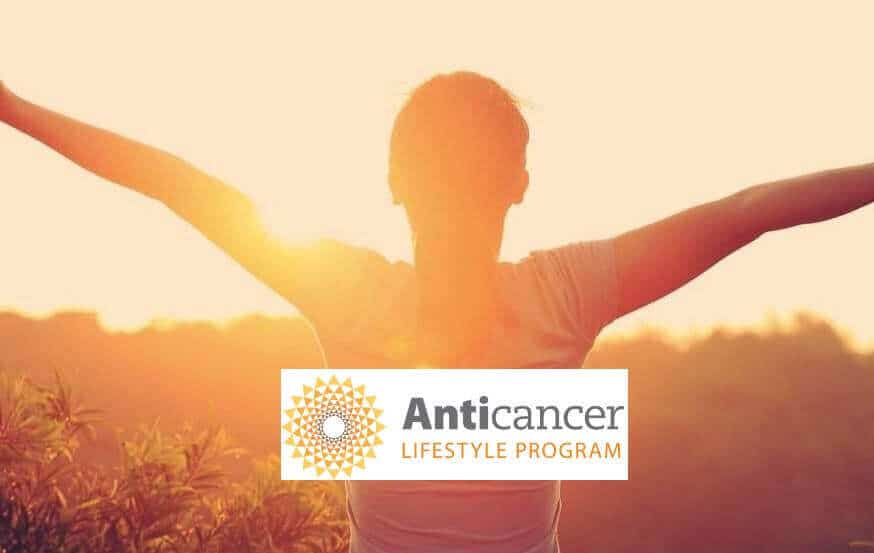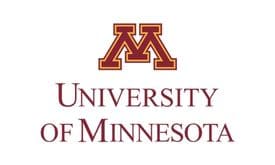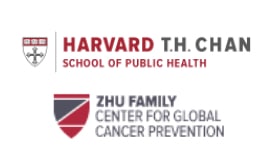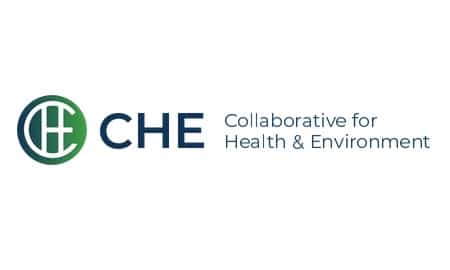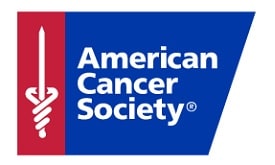What is the environment
The environment includes all the physical, chemical, and biological factors that surround and affect a person. This encompasses natural elements (like sunlight, plants, air, and water), man-made surroundings (houses, workplaces, cities), and potential exposures like chemicals, noise, light, or radiation.
What is a healing environment
A healing environment supports physical, emotional, and psychological well-being. It minimizes harmful exposures and intentionally increases beneficial ones—such as time in nature, access to natural light, and sensory experiences that calm and nurture. It provides a supportive space for maintaining health, recovery, and inner peace.
What is a harmful environment
A harmful environment exposes individuals to physical or emotional stressors that disrupt the body’s healing and regulatory systems. These stressors include harmful pollutants, harsh artificial light at night, and others that we discuss below.
How is your environment related to cancer?
Your environment is one factor that influences your cancer risks. Long-term exposure to certain chemicals, pollutants, or radiation can damage DNA and increase the chance of cells growing uncontrollably, leading to cancer. Conversely, elements of a healing environment such as nature and natural daylight can improve health and may even reduce susceptibility to cancer. Understanding and thoughtfully creating your environment—at home, at work, and in your community—is important to lowering your cancer risk and boosting your overall health.
The 3 elements of a healing environment
1. Creating a personally calming environment
A personally calming environment is a space that feels soothing and grounding. It may include familiar objects, soft sounds, natural bright light during the day, favorite colors, or simply a quiet corner. Safety is an important consideration for your healing. Ensure your walking spaces aren’t slippery, add lighting to dark spaces, and install handrails if needed. The key is that it’s tailored to your personal sense of comfort and calm. This kind of space helps reduce anxiety and foster a sense of control and refuge.
Promote personal calm around you
How to create a calm environment:
Whichever way you would like to create a healing environment for yourself is the right way for you. Some common recommended actions include:
Declutter & simplify
- Keep only what you use or love.
- Use closed storage solutions to reduce visual noise.
Increase natural light & airflow
- Open windows when possible; use sheer curtains to let light in.
- Add indoor plants for air quality and to bring nature › indoors.
Decorate with soothing colors and textures
- Use soft, earthy tones (greens, blues, neutrals).
- Incorporate cozy elements like soft throws, rugs, and natural materials.
Minimize noise
- Use noise-canceling headphones or white noise machines.
- Create quiet zones where phones and TVs are off.
2. Increasing exposure to nature and light
Spending time in natural settings or bringing elements of nature—plants, natural materials, or views of greenery—indoors helps restore attention, reduce stress, and improve mood. Exposure to natural daylight, especially in the morning, supports circadian rhythms, boosts energy, and enhances sleep quality. Even short interactions with sunlight, or seeing nature through a window, can positively impact physical and emotional health.5Emami E, Amini R, Motalebi G. The effect of nature as positive distractibility on the healing process of patients with cancer in therapeutic settings. Complementary Therapies in Clinical Practice. 2018 Aug;32:70-73; Ahmadi F, Ahmadi N. Nature as the most important coping strategy among cancer patients: a Swedish survey. Journal of Religion and Health. 2015 Aug;54(4):1177-90; Thrane SE, Hsieh K et al. Could complementary health approaches improve the symptom experience and outcomes of critically ill adults? A systematic review of randomized controlled trials. Complementary Therapies in Medicine. 2019 Dec;47:102166; Tadrisi SD, Zayeri F, Vaismoradi M, Jasper M. Effect of nature-based sounds’ intervention on agitation, anxiety, and stress in patients under mechanical ventilator support: a randomised controlled trial. International Journal of Nursing Studies. 2013 Jul;50(7):895-904.
Nature
How to create a healing environment with nature:
- Bring nature indoors: use houseplants, natural materials (like wood and stone), and nature imagery (such as forest or ocean scenes) to evoke the calming presence of the outdoors.
- Maximize access to outdoor green spaces: create outdoor green spaces near home when possible, or spend time in gardens, parks, or forested areas where you can engage with plants and wildlife.
Time in nature can be as simple and spontaneous as a walk in a neighborhood park. Or it can be more deliberate, such as a planned hike or shinrin-yoku. Originating in Japan, shinrin-yoku (“forest bathing”) is now practiced widely and is gaining attention from medical organizations.6Getting back to nature: how forest bathing can make us feel better. The Guardian. June 8, 2019. Viewed April 25, 2022. Forest bathing involves walking in a forested area mindfully, moving aimlessly and slowly while noticing your surroundings with your eyes, nose, and ears.
Because time in nature is generally accessible and low-cost, many people can consider incorporating it into their plans to reduce cancer risk or impacts. Spending time in nature is often overlooked as a therapy in conventional medicine.
Light and radiation
How to create a healing environment with light:
- Increase exposure to bright (5000–6500 Kelvin “daylight” bulbs) or blue-enriched light in the morning (preferably natural sunlight or daylight-mimicking light).
- Reduce or eliminate exposure to blue-spectrum light after sunset by dimming screens and using warm and dim lighting (2700 Kelvin or less). Consider circadian lighting systems that change color temperature and brightness throughout the day.
- Set phone “wind-down” hours—stop using screens one hour before bed, and make your bedroom a tech-free zone.
3. Minimizing harmful chemicals and other harmful exposures
This means reducing or eliminating contact with substances and sources known to harm the body’s systems or increase cancer risk. Examples include:
- Avoiding certain cleaning products, pesticides, teflon, and plastics with BPA
- Filtering indoor air and water
- Selecting organic produce where possible, and consuming smaller animals and fish
- Limiting exposure to ionizing radiation (from imaging, UV rays)
Note that the term “chemical” in itself is neutral and does not connote harm. A chemical is any substance made of matter, and it can occur naturally or be human-made. Our bodies are made of chemicals. When we discuss reducing exposure to harmful chemicals, we are referring to specific substances that have been shown to harm health, and not to all chemicals.
Creating a healing environment involves conscious choices to make your surroundings a partner in your health, rather than a source of stress or harm.
Here are some common harmful chemical exposures and how to avoid them:
Cancer-linked Chemicals and Environmental Toxins: A Reference Table*
*IARC is the acronym for the International Agency for Research on Cancer. It is the specialized cancer agency of the World Health Organization, and its mission is cancer research for cancer prevention.
Resources
Learn more
References


